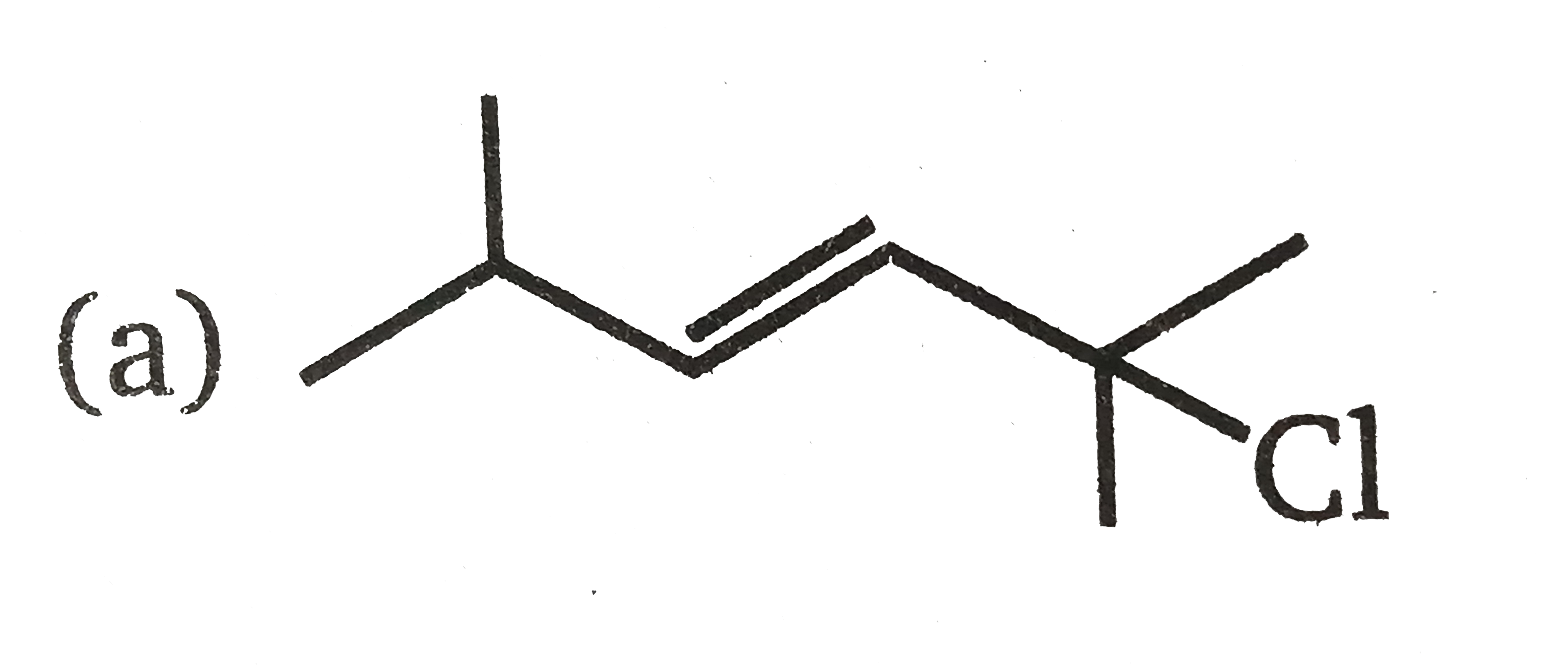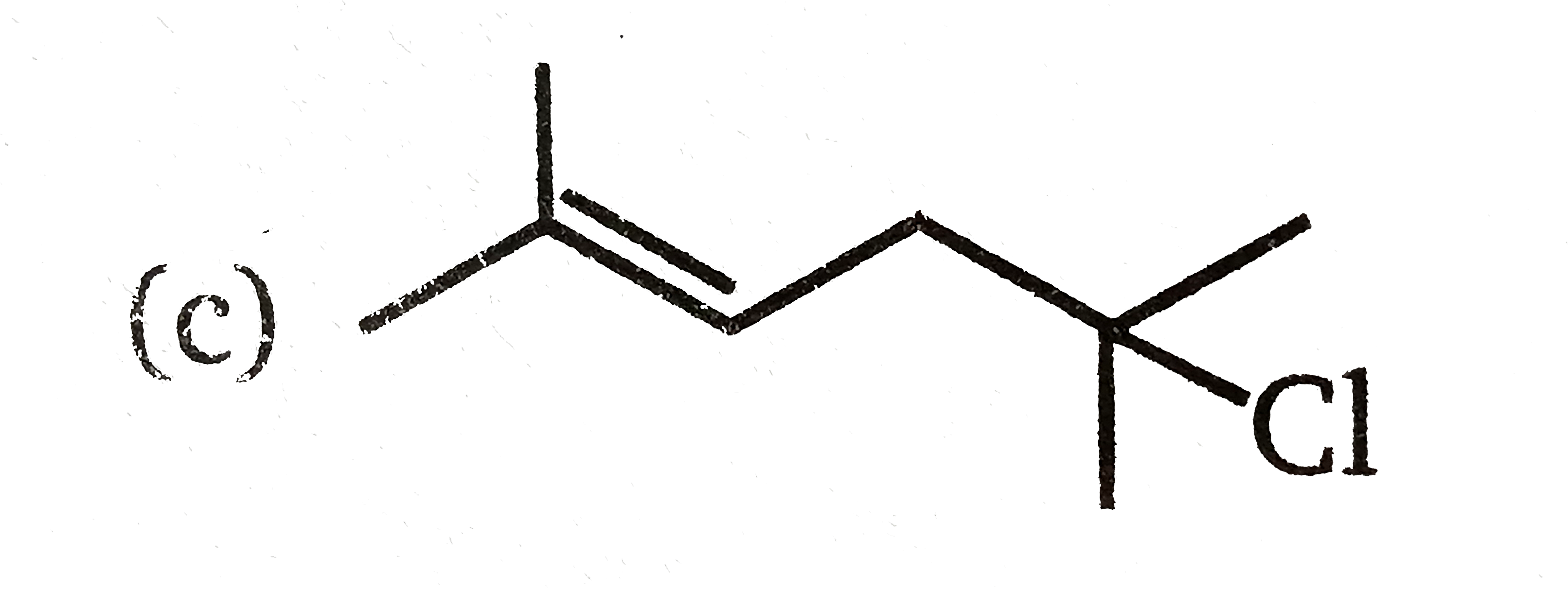Hydrogenation Reaction|| Transfer Hydrogenation ||Birch Reduction|| Wilkinson's Catalyst||1,4 and 1,6 Addition Reaction|| Introduction to EAR|| Dehydrohalogenation Reaction|| (Addition OF HX) X=-F,-Cl,-Br,-I TO alkenes
Step by step video solution for Hydrogenation Reaction|| Transfer Hydrogenation ||Birch Reduction|| Wilkinson's Catalyst||1,4 and 1,6 Addition Reaction|| Introduction to EAR|| Dehydrohalogenation Reaction|| (Addition OF HX) X=-F,-Cl,-Br,-I TO alkenes by Chemistry experts to help you in doubts & scoring excellent marks in Class 12 exams.
Updated on:21/07/2023Similar Questions
Knowledge Check
What is the product of 1, 4-addition in the reaction shown below?
 A
A B
B C
C D
D
When haloalkanes with β-hydrogen atom are boiled with alcoholic solution of KOH, they undergo elimination of hyarogen halide resulting in the formation of alkenes. These reactions are called β-elimination reactions or dehydrohalogenation reactions. These reactions follow Saytzeff's rule. Substitution and elimination reactions often compete with each other. Mostly bases behave as nucleophiles and therefore can engage in substitution or elimination reactions depending upon the alkyl halide and the reaction conditions.
The ease of dehydrohalogenation of alkyl halide with alcoholic KOH isA3∘<2∘<1∘B3∘>2∘>1∘C3∘<2∘>1∘D3∘>2∘<1∘When haloalkanes with Bη-hydrogen atom are boiled with alcoholic solution of KOH, they undergo elimination of hyarogen halide resulting in the formation of alkenes. These reactions are called Bη-elimination reactions or dehydrohalogenation reactions. These reactions follow Saytzeff's rule. Substitution and elimination reactions often compete with each other. Mostly bases behave as nucleophiles and therefore can engage in substitution or elimination reactions depending upon the alkyl halide and the reaction conditions.
The ease of dehydrohalogenation of alkyl halide with alcoholic KOH isA3∘<2∘<1∘B3∘>2∘>1∘C3∘<2∘>1∘D3∘>2∘<1∘
Reactions OF Alkene || Alkyne (addition OF HX, H3O+)
View SolutionHydrocarbons - Reactions Of Alkenes 1 - Electrophilic Addition 2
View SolutionHydrocarbons - Reaction Of Alkenes - Electrophilic Addition - 4
View SolutionWhen haloalkanes with β-hydrogen atom are boiled with alcoholic solution of KOH, they undergo elimination of hyarogen halide resulting in the formation of alkenes. These reactions are called β-elimination reactions or dehydrohalogenation reactions. These reactions follow Saytzeff's rule. Substitution and elimination reactions often compete with each other. Mostly bases behave as nucleophiles and therefore can engage in substitution or elimination reactions depending upon the alkyl halide and the reaction conditions.
1-Bromo-1-methylcyclohenxane in prenece of alcoholic KOH gives which of the following IUPAC major product
View SolutionWhen haloalkanes with β-hydrogen atom are boiled with alcoholic solution of KOH, they undergo elimination of hyarogen halide resulting in the formation of alkenes. These reactions are called β-elimination reactions or dehydrohalogenation reactions. These reactions follow Saytzeff's rule. Substitution and elimination reactions often compete with each other. Mostly bases behave as nucleophiles and therefore can engage in substitution or elimination reactions depending upon the alkyl halide and the reaction conditions.
1-Bromo-1-methylcyclohenxane in prenece of alcoholic KOH gives which of the following IUPAC major product
View Solution
